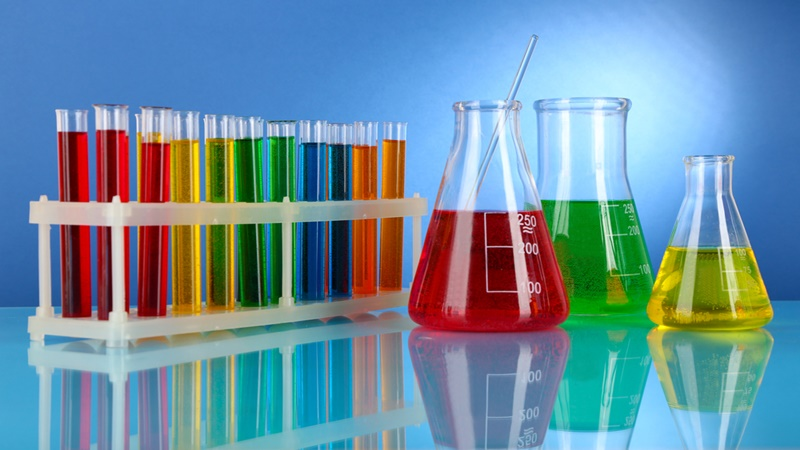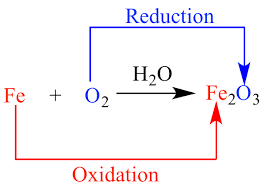Science > Chemistry > Introduction to Chemistry > Chemical Classification of Substances In the last article, we have studied the significance of chemistry and its branches. In this article, we shall study the chemical classification of substances. Matter and its Different States: The matter is any substances that have mass and that occupies space. There […]



